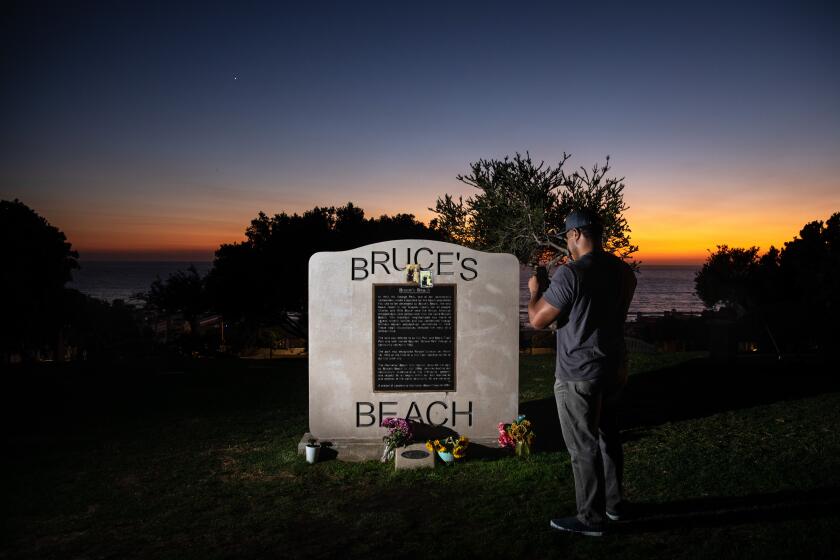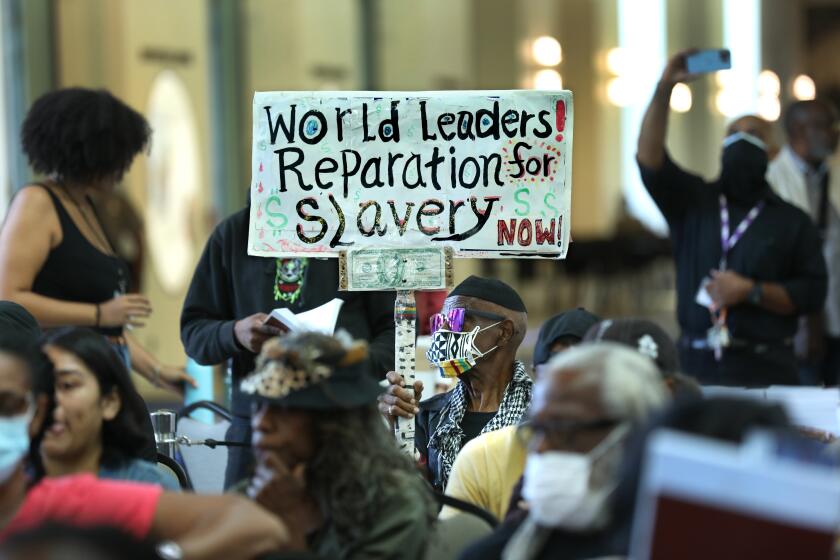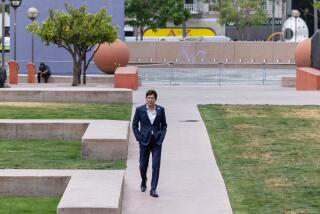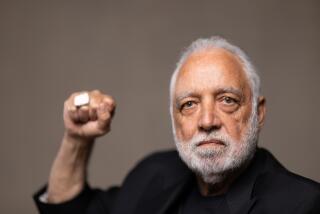Opinion: An L.A. Black civil rights pioneer finally gets the recognition he deserves
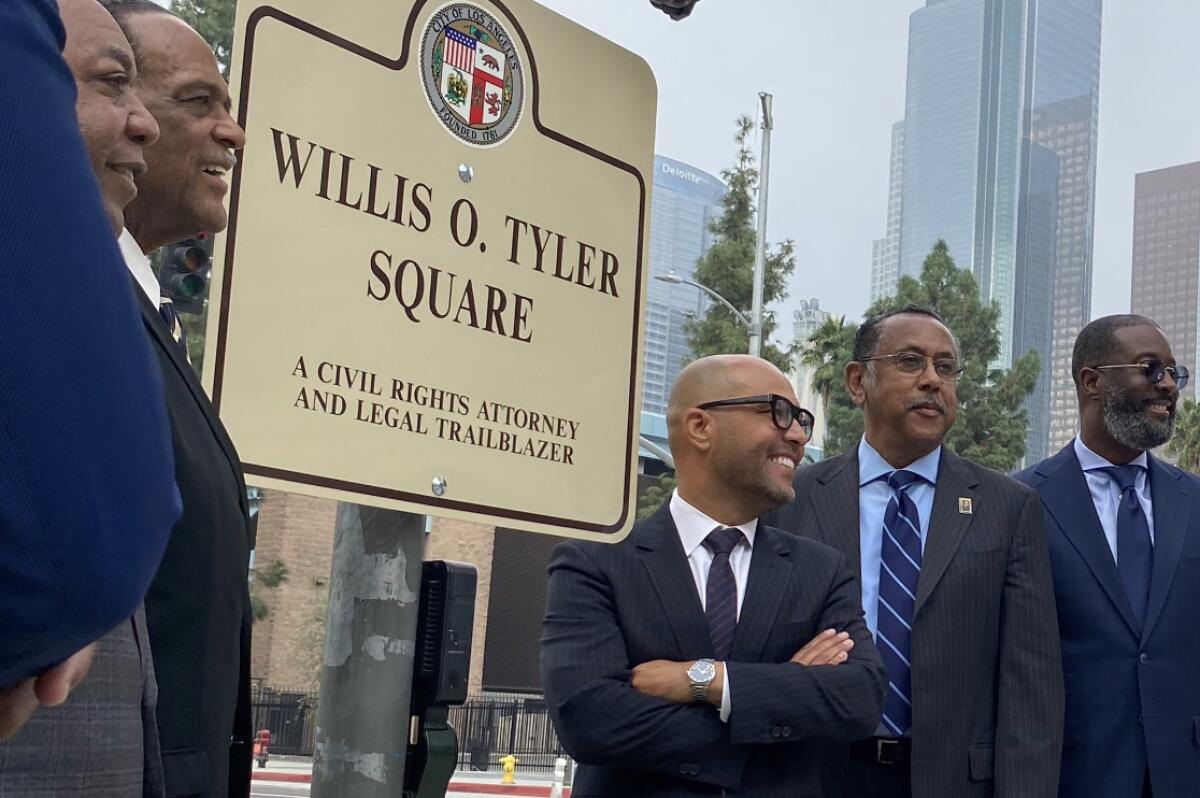
On Monday, the intersection of 2nd and Spring streets in downtown Los Angeles was dedicated Willis O. Tyler Square. Although most people would not know his name, Tyler was an extraordinary Black civil rights pioneer in Los Angeles a century ago, and the battles he won leave a legacy for Angelenos today.
Two years ago, during my representation of the descendants of Willa and Charles Bruce in an effort to return the Bruce’s Beach property to the Bruce family, I learned that Tyler had represented the Bruce family and several other Black families in the early 1920s, against Manhattan Beach’s racially motivated seizure of property. Seeing his name on legal papers filed in the Bruce case from 1923 was a jolt of inspiration.
When the government acknowledges that it has violated our core democratic principles of justice and equality but refuses to take steps to redress its actions — it weakens our democracy.
Though Tyler was not successful in preventing the taking of the Bruces’ property, his legal brilliance in that era of brutal discrimination helped changed the California law in many ways. He was a genius and a trailblazer, well before he arrived in Los Angeles in the early 20th century.
Tyler was born in 1880 in Bloomington, Ind. He was orphaned at a young age and raised by his aunt. At 16, Tyler enrolled in Indiana University. Two years later, he enlisted in the Indiana Colored Volunteer Infantry to fight in the Spanish-American War.
Tyler, a gifted orator who won statewide prizes in college, graduated in 1907 from Harvard Law School, where he received the highest honors ever given to an African American student. He moved to Los Angeles, became a civil rights attorney and worked closely with the NAACP, litigating dozens of cases to secure, protect and improve the rights of African Americans in this city.
Educating Californians on the state’s role in slavery and institutionalized racism — and why there should be a price literally to pay for it — will be part of the challenge lawmakers face as they work to design a plan for reparations.
Perhaps Tyler’s most important case involved his representation of Homer Garrott, an African American police officer. Garrott had purchased a home for his family in South Los Angeles. A racially restrictive covenant recorded against the property prohibited it from being sold to any person of “African, Chinese or Japanese descent.” When the title company discovered that Garrott owned the property, it sued him to forfeit the property without compensation.
In court, Tyler argued that the racially restrictive covenant violated the 14th Amendment of the Constitution. But the court ruled that the amendment restricted only what state and local governments could do, not private citizens.
Yet Tyler was undeterred. In a stroke of legal brilliance, he argued that the racially restrictive covenant must be ruled invalid because it violated the rights of the white property owner to sell his or her property as he or she sees fit. In 1919, the appeals court agreed with Tyler, allowing the Garrotts to remain in their family home.
The Garrott case was decided almost three decades before the U.S. Supreme Court outlawed racially restrictive covenants in 1948 in Shelley vs. Kraemer.
Tyler’s law office stood at the intersection of 2nd and Spring streets in downtown Los Angeles, the heart of the city’s civic life. This week, with the support of the staff of Council District 14, Metro and the Sigma Pi Phi fraternity (Tyler was a founding member of the L.A. chapter), we proudly dedicated that location Willis O. Tyler Square.
For more than a century, Tyler’s pioneering deeds went unrecognized. He never tasted the fruits that bloomed from the seeds he planted; he never felt the cool shade of the tree that grew from those seeds. Now, at least, his role in L.A. history — though too long ignored — will get the recognition it has long deserved.
George Fatheree is the founder of ORO Impact and a lawyer who represented the Bruce family in the return of the Bruce’s Beach property.
More to Read
A cure for the common opinion
Get thought-provoking perspectives with our weekly newsletter.
You may occasionally receive promotional content from the Los Angeles Times.
